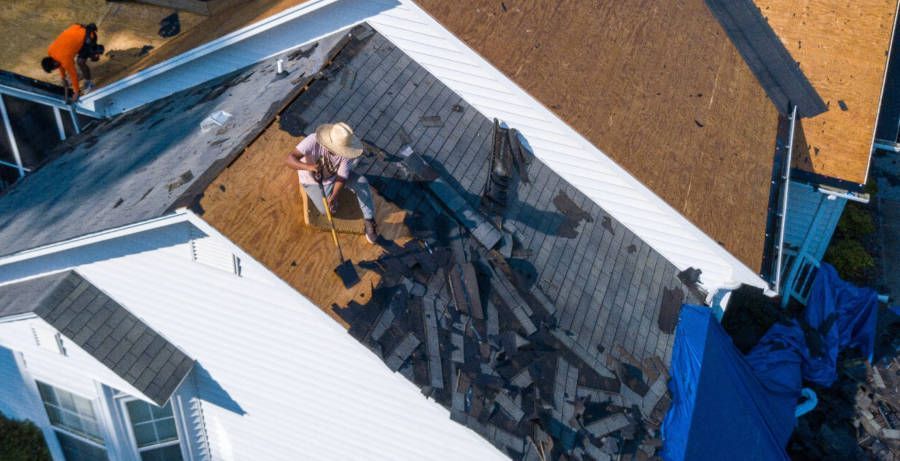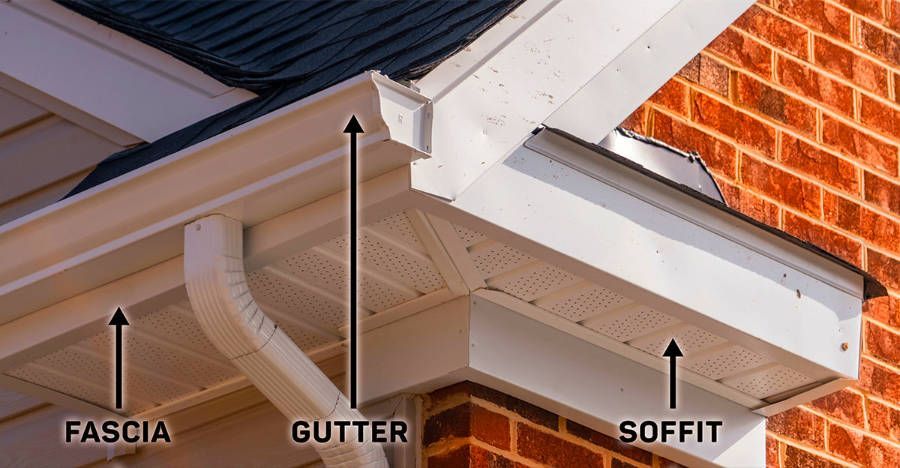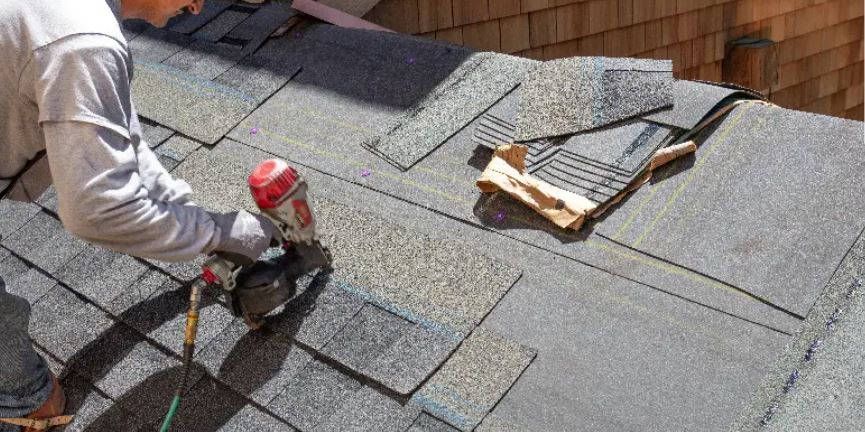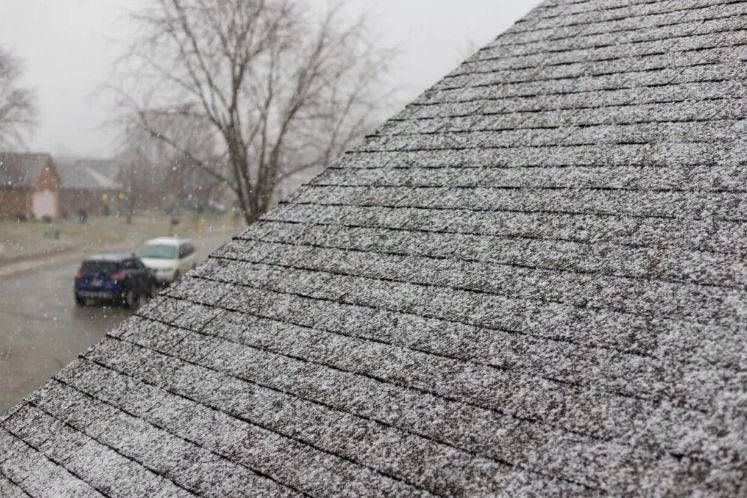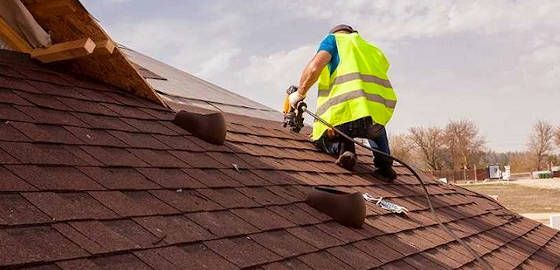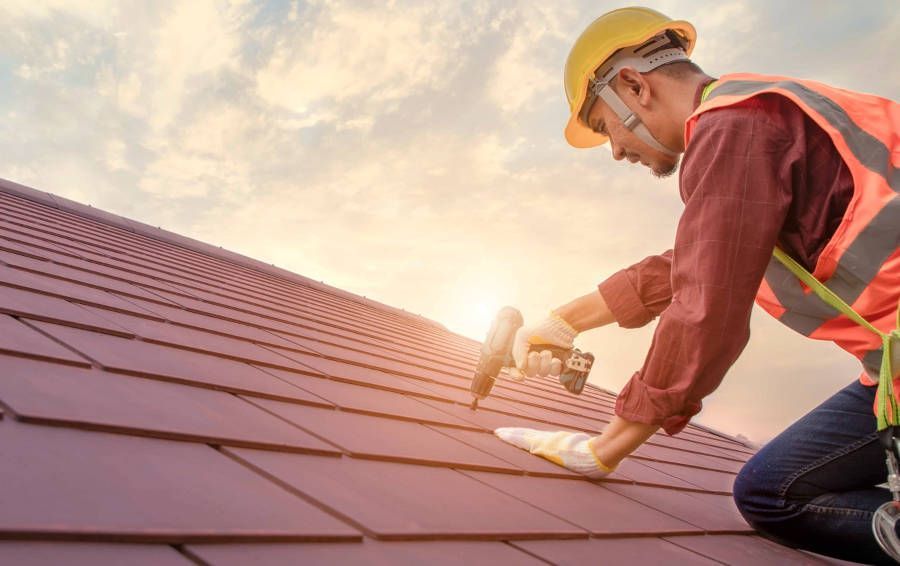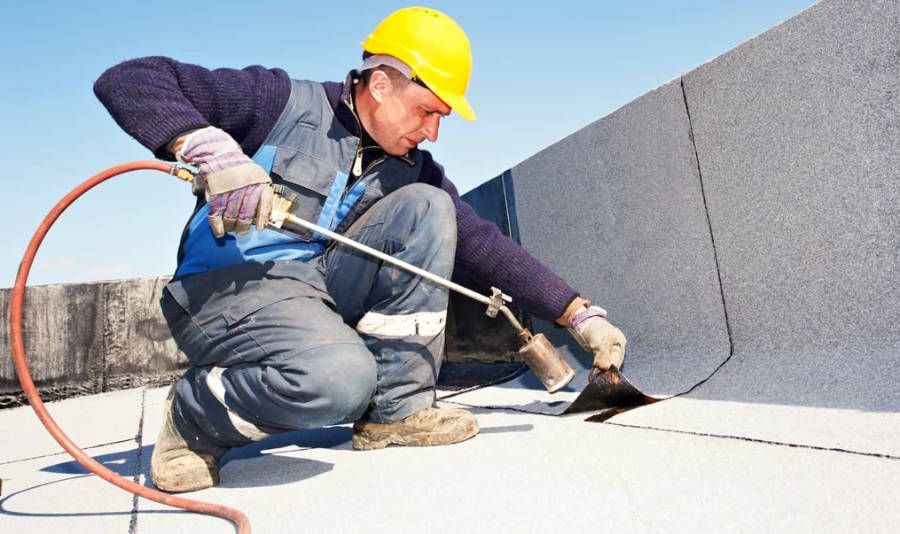Best Time to Replace Roof: A Comprehensive Guide for Homeowners
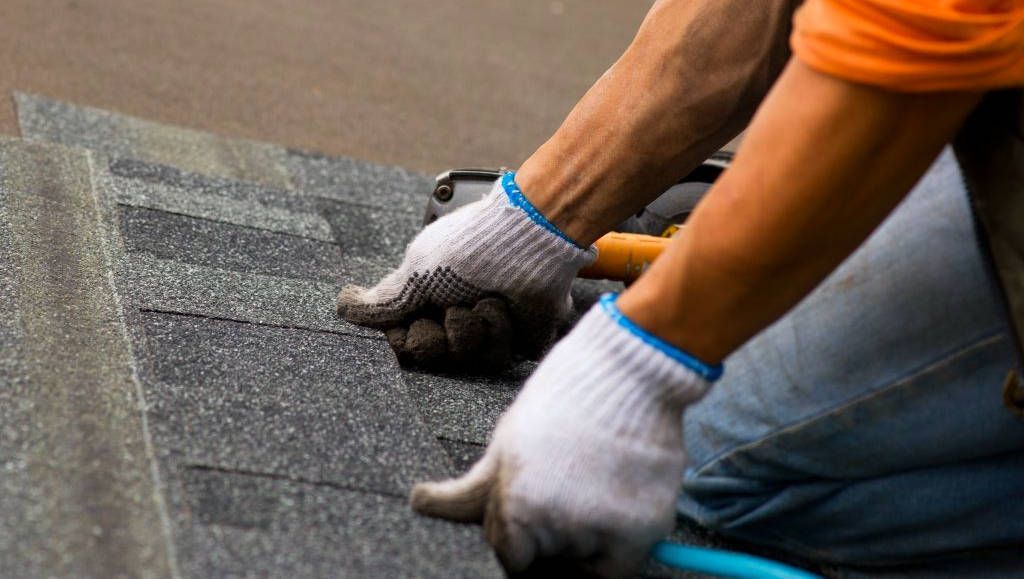
Your house, your loved ones, and everything within depend on your roof in great part. Yet, knowing the best time to replace a roof can be confusing. From understanding signs of damage to choosing the most ideal weather conditions, this comprehensive guide will walk you through the essential factors to consider when planning a roof replacement.
Whether you’re dealing with an aging roof or noticing water leaks, timing your roof replacement can make all the difference. Let's explore how to make an informed decision that saves you time, money, and stress.
When Should You Replace Your Roof?
If you’re asking, “How do I know when to replace my roof?” you’re not alone. Here are the most common warning signs that indicate it's time to contact a professional roofing contractor:
1. Age of the Roof
Different roofing materials have different lifespans.
- Asphalt shingles: 20–30 years
- Wood shingles: 25–40 years
- Metal roofs: Up to 50 years or more
If your current roof is nearing or past its expected lifespan, it’s a smart time to start considering a replacement before issues arise.
2. Visible Damage
Cracked, curled, or missing shingles are strong indicators of wear and tear. Inspect your roof from the ground for:
- Sagging spots
- Damaged flashing
- Bald spots from lost granules
Visible roof damage not only affects curb appeal but can compromise the structural integrity of your home.
3. Water Leaks & Stains
Often indicating a roof leak, persistent wet stains on walls or ceilings point to:
- Mold and mildew growth
- Insulation damage
- Increased energy bills
Addressing water intrusion early helps avoid extensive and expensive repairs.
4. Mold or Algae Growth
Mold, moss, or dark streaks on the roof's surface could indicate moisture retention or poor ventilation. Beyond the health risks, mold can weaken roofing materials and lead to early failure.
Best Season to Replace a Roof
Timing your roof replacement is crucial. Here’s how seasons affect roofing projects:
Spring and Fall: Ideal Seasons
Mild temperatures and dry conditions in spring and fall make these the best times to replace your roof. Roofing materials, especially shingles, adhere better when it’s not too hot or cold.
Summer: Good (But Watch the Heat)
Early summer can also be a suitable time, but extreme heat can soften asphalt shingles, making them harder to install properly.
Winter: Not Recommended
Cold weather can make shingles brittle and adhesives ineffective. Most professional roofers avoid replacements during freezing temperatures unless it’s an emergency.
Budgeting for Roof Replacement
A roof replacement is a major investment. Costs vary depending on:
- Roof size and pitch
- Type of roofing materials
- Labor and disposal fees
To avoid unexpected expenses:
- Get quotes from multiple licensed
roofing contractor
- Plan ahead and save during off-peak seasons for potential discounts
- Ask about financing or warranty options
Final Thoughts
Knowing the best time to replace your roof can help you prevent costly damage, increase energy efficiency, and improve your home’s value. If your roof is showing signs of wear or age, don’t delay. Schedule a professional inspection and begin planning today.
For expert advice or a free estimate, contact your local
roofing contractor and ensure your home remains safe, secure, and weatherproof year-round.
